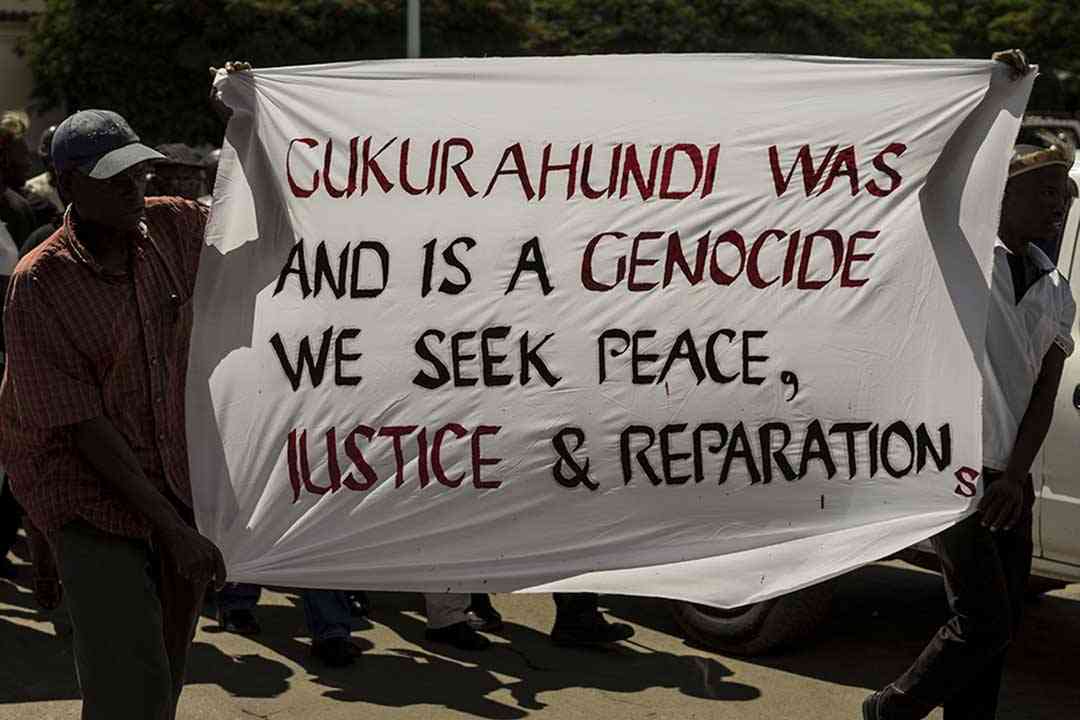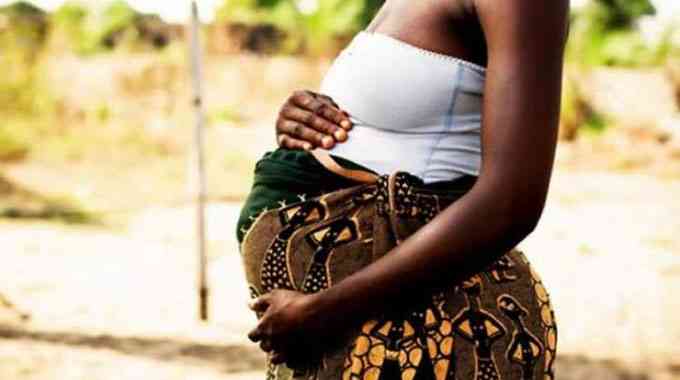
VILLAGE health workers (VHW) have been commended for their role in communities where they are making sure no one is left behind in government health programmes.
Masvingo provincial nursing officer Cresencia Maphosa praised the VHWs during a two-day Unicef-organised media tour of Chivi South constituency last week.
The initiative was in line with the global World Immunisation Week campaign that aims to promote the use of vaccines to protect people of all ages against diseases.
The Health and Child Care ministry, using funds from the Global Alliance for Vaccines and Immunisation availed through Unicef, is conducting an integrated COVID-19 and routine immunisation blitz in Chivi South among other areas to bring health services closer to communities.
Government has intensified COVID-19 vaccinations among all eligible people aged 12 years and above, targeting to reach at least 70% of the total population.
Addressing journalists at Chishavakadzi Secondary School in Chivi South, Maphosa applauded VHWs for ensuring that every member of a community has been vaccinated.
“The fact that we are working with village health workers in the vaccination programmes, they at least made our job easier. The village health workers are people who are locally based, they know their villages, they know the number of children in their villages and people,” she said.
The VHWs are trained and have registers and know who have been vaccinated and those who have not been vaccinated.
- Pat on back for village health workers
Keep Reading
“If we want our coverage to increase, we mobilise the village health workers so that they visit one homestead to the other ensuring that each one is vaccinated,” she said.
Maphosa added that young girls between 10 to 12 years are also vaccinated from the human papillomavirus.
“In as far as immunisation is concerned, as a province we come up with a targeted population so that we know who is supposed to be vaccinated, when we get the targeted population we order our vaccines according to the population we do have,” she said.
“When we have enough vaccines, we need human resources, stingers, fuel, vaccines, fringes and many more. When we have those people in place we take them to the provincial level where we have provincial vaccines stores.”










